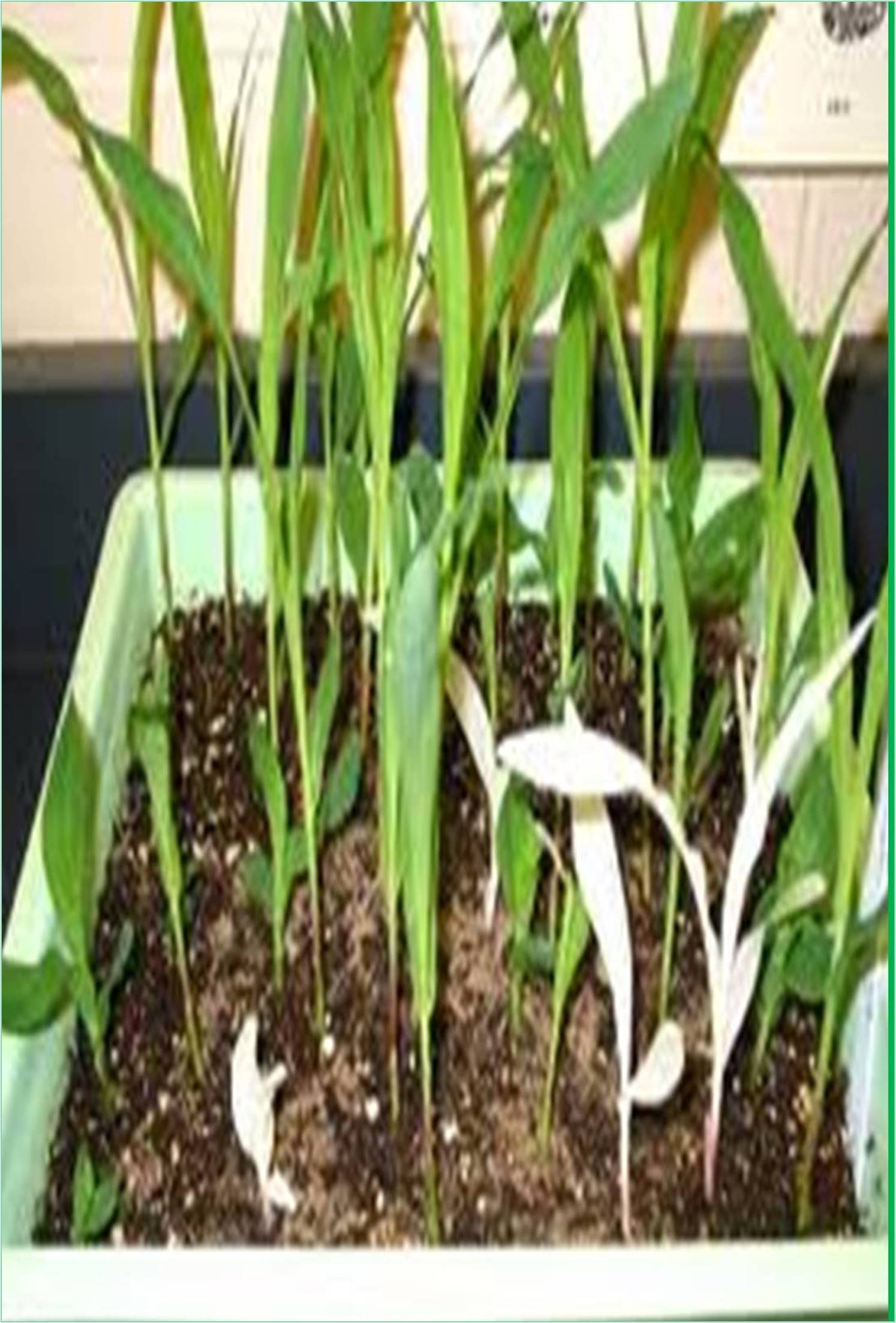



Received: 01-Feb-2022, Manuscript No. GJPBG-22-59126; Editor assigned: 03-Feb-2022, Pre QC No. GJPBG-22-59126(PQ); Reviewed: 17-Feb-2022, QC No. GJPBG-22-59126; Revised: 21-Feb-2022, Manuscript No. GJPBG-22-59126(R); Published: 28-Feb-2022, DOI: 10.15651/2449-0598.22.9.123
Plant breeding is a field for focused and non-stop improvement of recent plant varieties. It makes use of the genetic version among people inside a plant species and combines the preferred residences into new and progressed varieties. Plant breeding is depending on genetic version, and new version is essentially crucial for advent of recent tendencies in breeding programs. However, in instances wherein a particular genetic trait isn’t always right away to be had to be crossed into breeding materials, the genetic version in a crop species may be extended through different means. For a long time this has been accomplished through, e.g., chemical or bodily treatments, translocation breeding, artificial hexaploids strategies that contain complete modifications of the plant`s genome. Due to its lengthy protection record, organisms acquired through bodily and chemical mutagenesis are exempt from the provisions of the GMO law with inside the EU. Nevertheless, the techniques incite masses or maybe heaps of random mutations with unknown consequences.
New Breeding Technology(NBT)is a new variation of the method for targeting plant genomes (NBT mutagenesis) targeting a harvest system for plant breeding, especially plant genomes (NBT mutagenesis). This determination was based on conventional plant breeding contexts with mutagenesis of crops by physical or chemical treatment. These investments are explicitly excluded from the EU GMO method based on mutagenic long-term use. Therefore, with either strategy mutations can be obtained at a fairly high rate in any gene throughout the genome. However, the differences between strategies are the accuracy of the exact location of mutations within the target gene and the number of off-target mutations that affect genes other than the target gene. Both aspects support the NBT method, which is more accurate and has fewer off-target mutations. This is in stark contrast to the difference in status between the two technologies associated with EU GMO law. In the future, this situation is unsustainable for the European plant breeding industry, as restrictions on the use of NBT outside Europe are expected to be weaker. This requires an audit of the EU method of the facility generated by NBT mutagenesis.
New Breeding Techniques (NBT) encompasses numerous new technologies for advent of version into crop plant life. NBT incorporates some of technology which has emerged for the reason that modern-day Directive 2001/18/EC on GM plant life became implemented. At the request of the member states, the European Commission installation an operating institution in 2007 to evaluate whether or not or now no longer a variety of recent breeding strategies need to fall with inside the scope of GMO law. The operating institution organized a listing of 7 new plant breeding strategies: Zinc Fnger Nuclease (ZFN) technology, ligonucleotide- Directed Mutagenesis (ODM), cisgenesis and intragenesis, grafting on GM-rootstock, RNA- based DNA methylation, agro-infiltration and opposite breeding. The ZFN method is a ite-Directed Nuclease (SDN) device that may be designed to provide a mutation at a predetermined function withinside the plant genome. Since 2007, a variety of of recent SDN gear have emerged, along with the TALEN and CRISPR/ Cas strategies, of which, in particular, the latter is now extensively used. It is past the scope of this paper to explain all of the distinct NBTs in element. Here we are able to consciousness on the 2 strategies worried withinside the technology of mutations at pre-decided webweb sites in a plant genome, i.e., ODM and specially the SDN-gear. We will seek advice from those as NBT mutations and use the time period precision breeding to explain using NBT mutations in plant breeding. The bulk of these procedures, however, result in the final plant life being exposed to the open environment being devoid of foreign DNA because vector constructions are either not incorporated in the plant genome are out segregated within the following technology.Cisgenesis/ intragenesis, as well as using the SDN-gear to insert larger DNA segments to pre-determined web locations within the plant genome, are exceptions. Both techniques rely on the transplanted DNA being fully integrated in to plant genome.